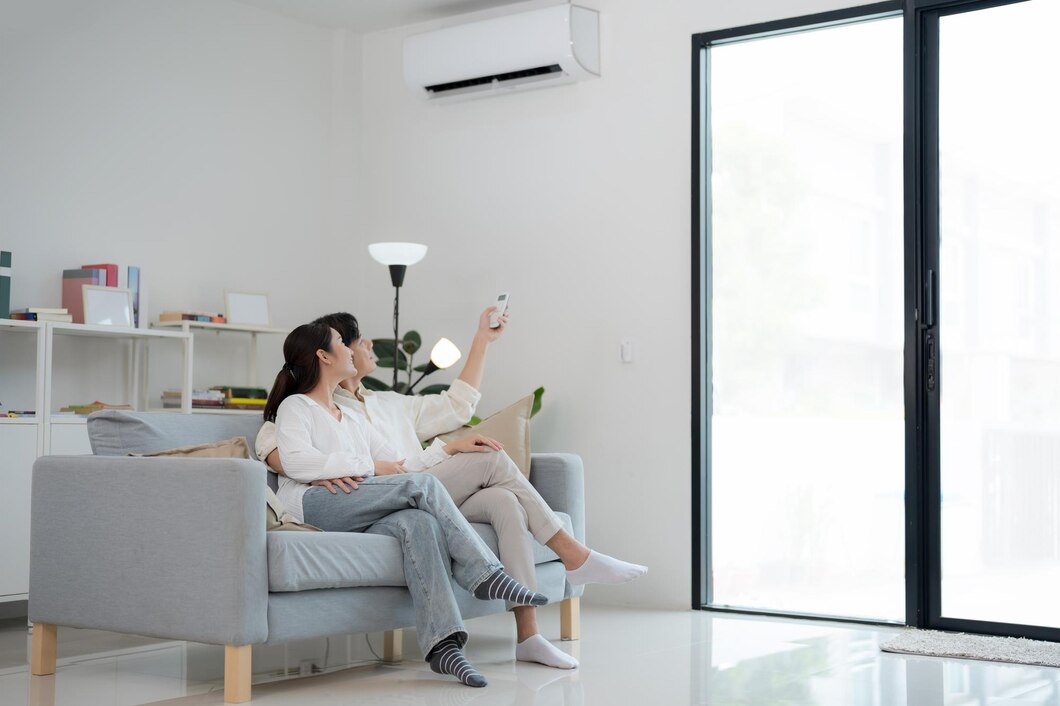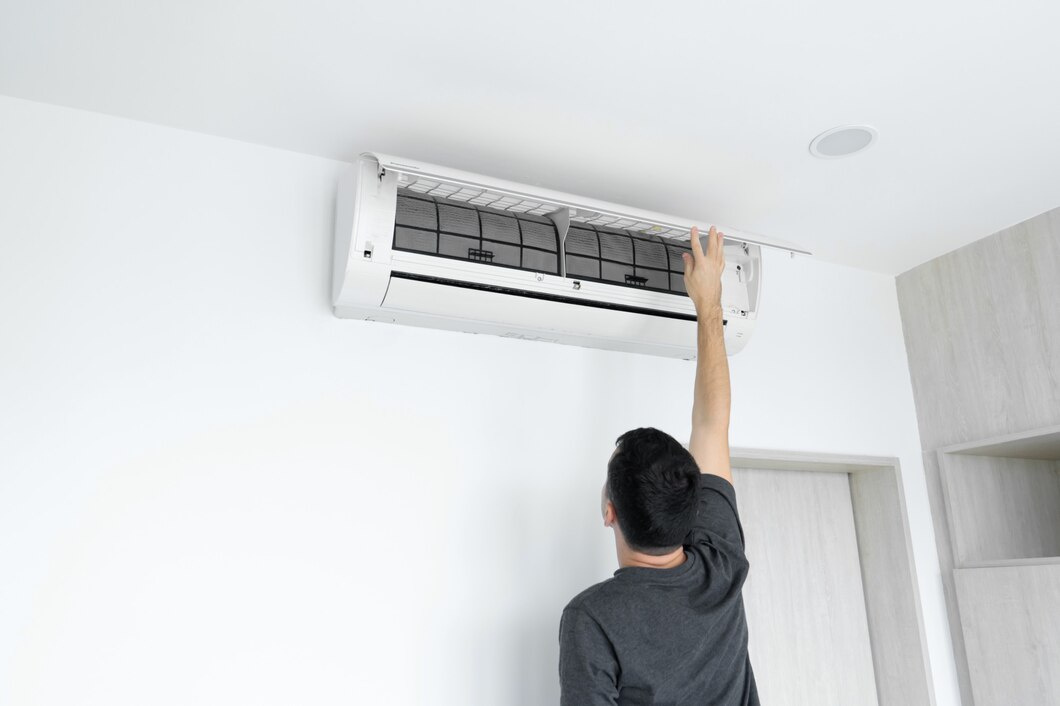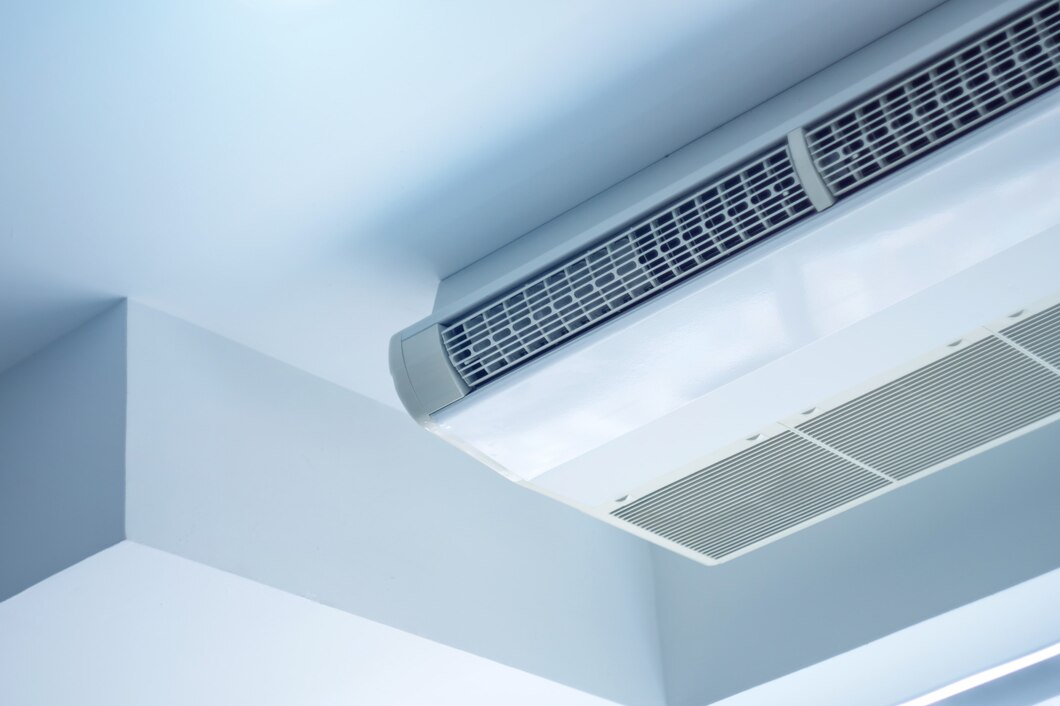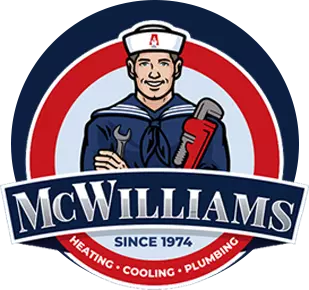Blog
Introduction
Understanding Geothermal Installations: Closed vs. Open Loops. A geothermal installation for your home presents two options: closed loop and open loop. Mostly, it depends on the natural characteristics of your property, including the amount of open space and the access to groundwater. Utilizing the steady, latent heat of the earth a few feet below the surface or present in underground well water, geothermal transfers this energy indoors to heat your home in winter. In summer it uses that same source as an efficient heat sink to disperse heat extracted from your home. Because there’s no combustion involved, a geothermal installation, whether it’s a closed loop or open loop, provides heating and cooling with energy efficiency that can be as much as four times that of a conventional system. Here’s what’s involved in each installation.
A closed-loop installation harvests heat from the ground. A network of plastic tubing buried in horizontal rows — or, where space is an issue, in deep vertical bores — circulates a heat-absorbing fluid. In winter this fluid absorbs the earth’s latent heat and conveys it to a compressor in a heat pump that concentrates the energy, then releases it through a heat exchanger into your ductwork to be dispersed throughout your house. In summer, the process reverses and the fluid takes household heat absorbed by the indoor coil and returns it to the ground. Closed-loop systems are reliable and most underground components are guaranteed for up to 50 years.
An open-loop system uses latent heat in well water as the energy source. This water is pumped directly from the well and heat is extracted by a heat exchanger, then concentrated in a compressor cycle and dispersed into your home. In summer the well water carries heat extracted from inside the home back to the ground. Well, the water returned to the earth in an open loop system is usually pumped to a separate return well in proximity to the source well. Open-loop systems require a reliable source of well water on your property that is not affected by drought.
For more information on a geothermal installation in Lufkin, Nacogdoches, or the surrounding areas, contact McWilliams Heating, Cooling and Plumbing. Remember this article Understanding Geothermal Installations: Closed vs. Open Loops.
Share This :
Emily
Table of Contents
Discover New Blog Posts
A well-functioning air conditioning (AC) system is essential for maintaining home comfort, especially during the warm months in places like Splendora. When your AC unit […]
The summer heat is right around the corner, and with it comes increased use of air conditioning systems in Shepherd. A well-maintained AC condenser unit […]
Air conditioning systems have become an essential part of modern living, providing much-needed comfort during the warm months. In Cleveland, where temperatures can rise significantly, […]






 7
7 
